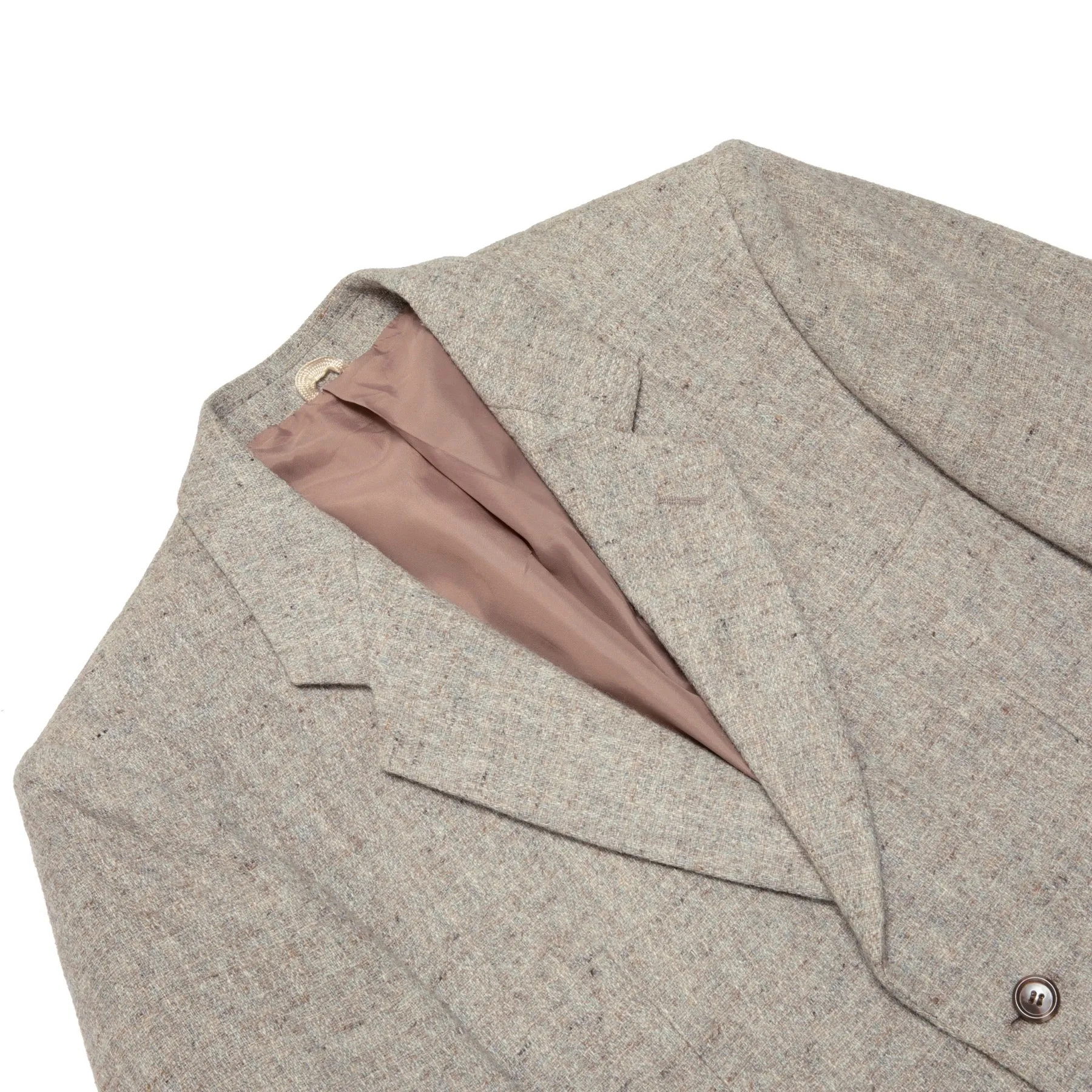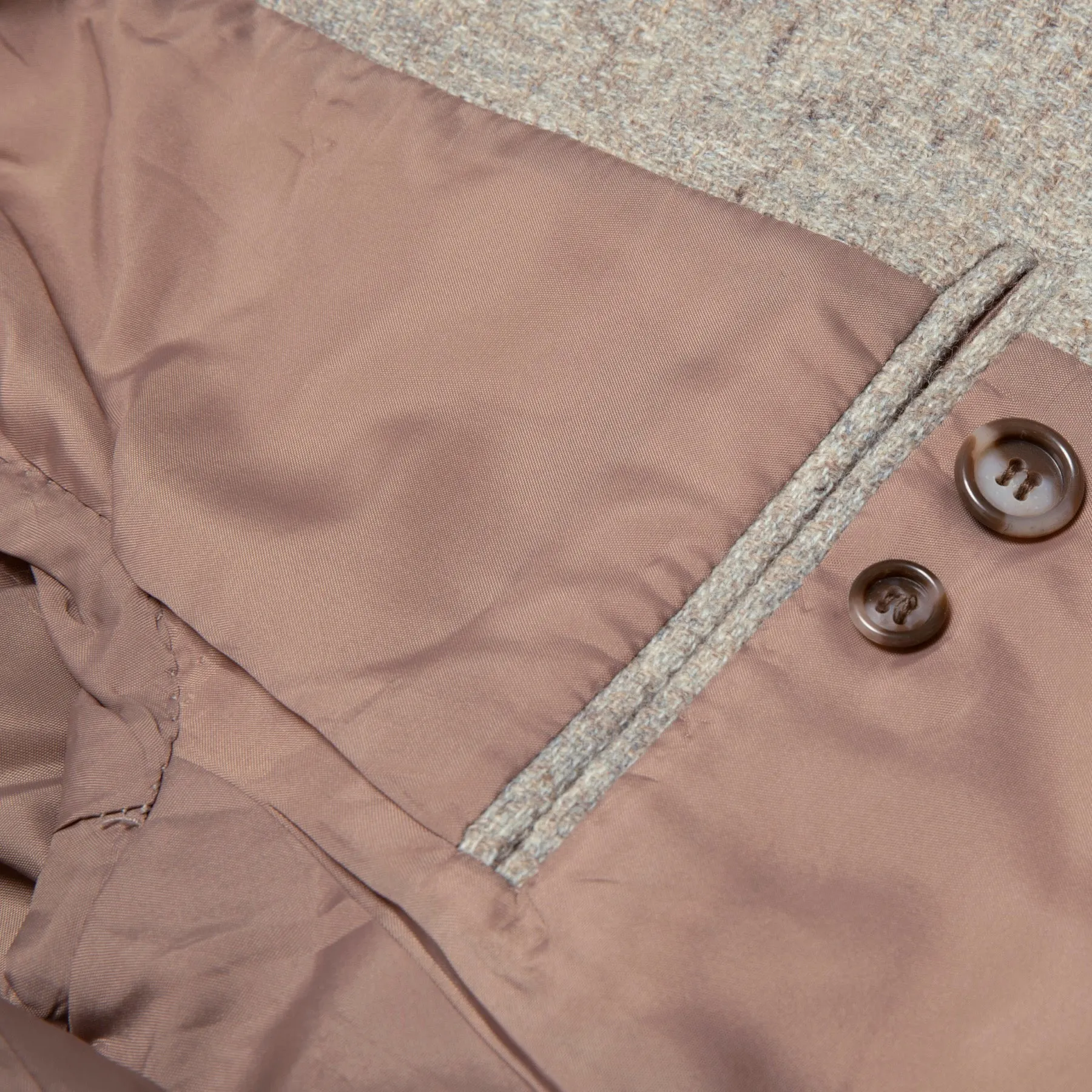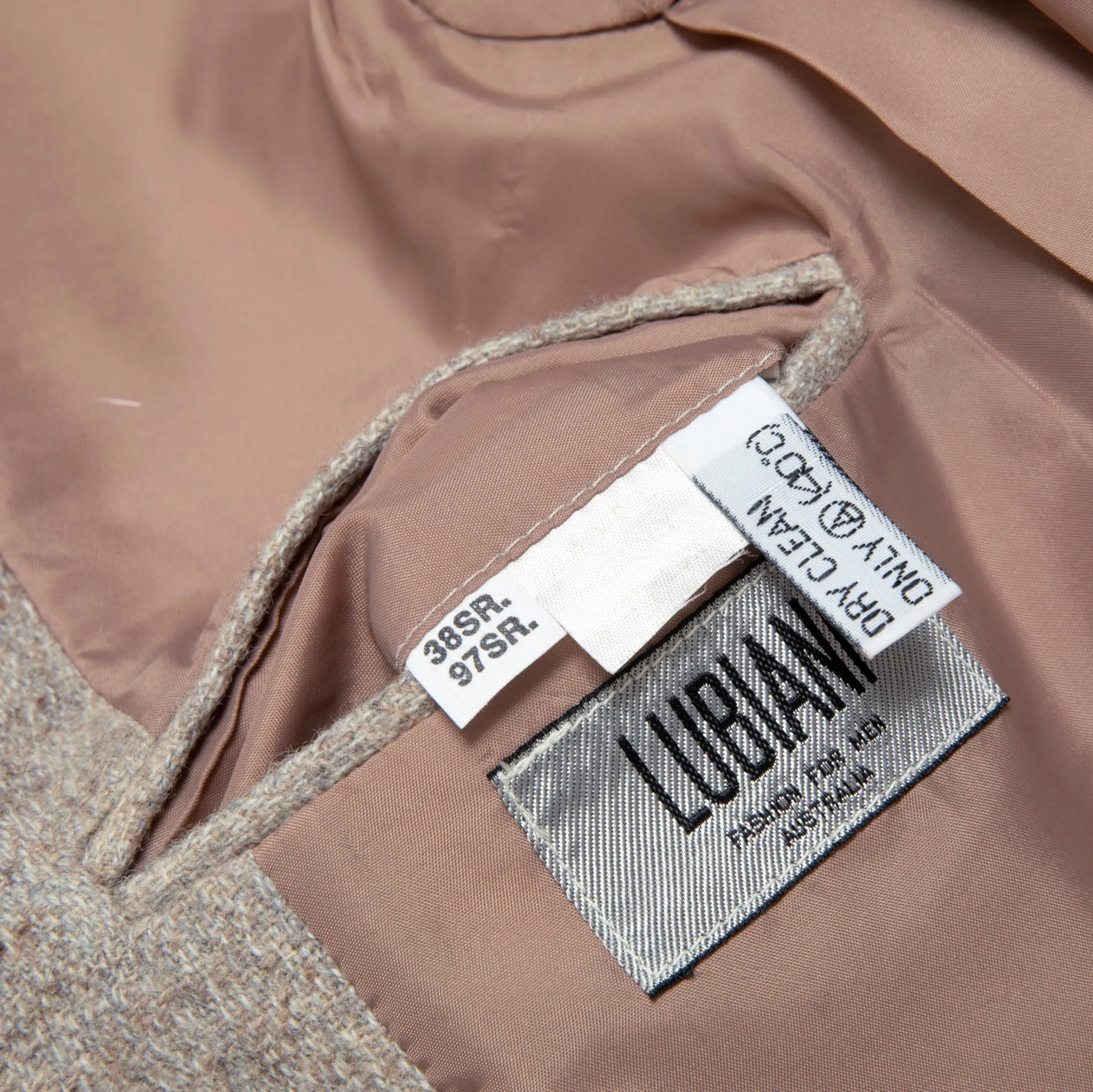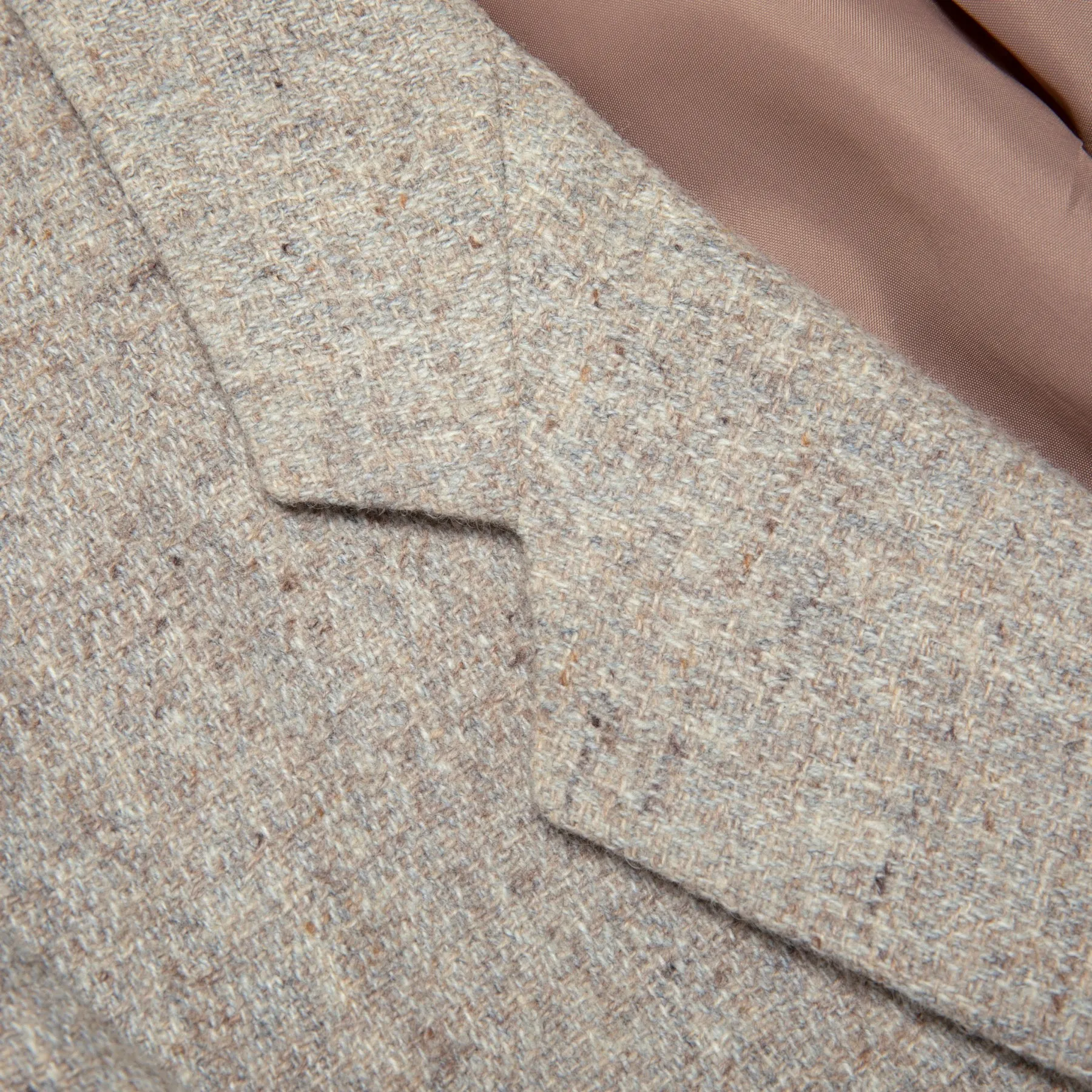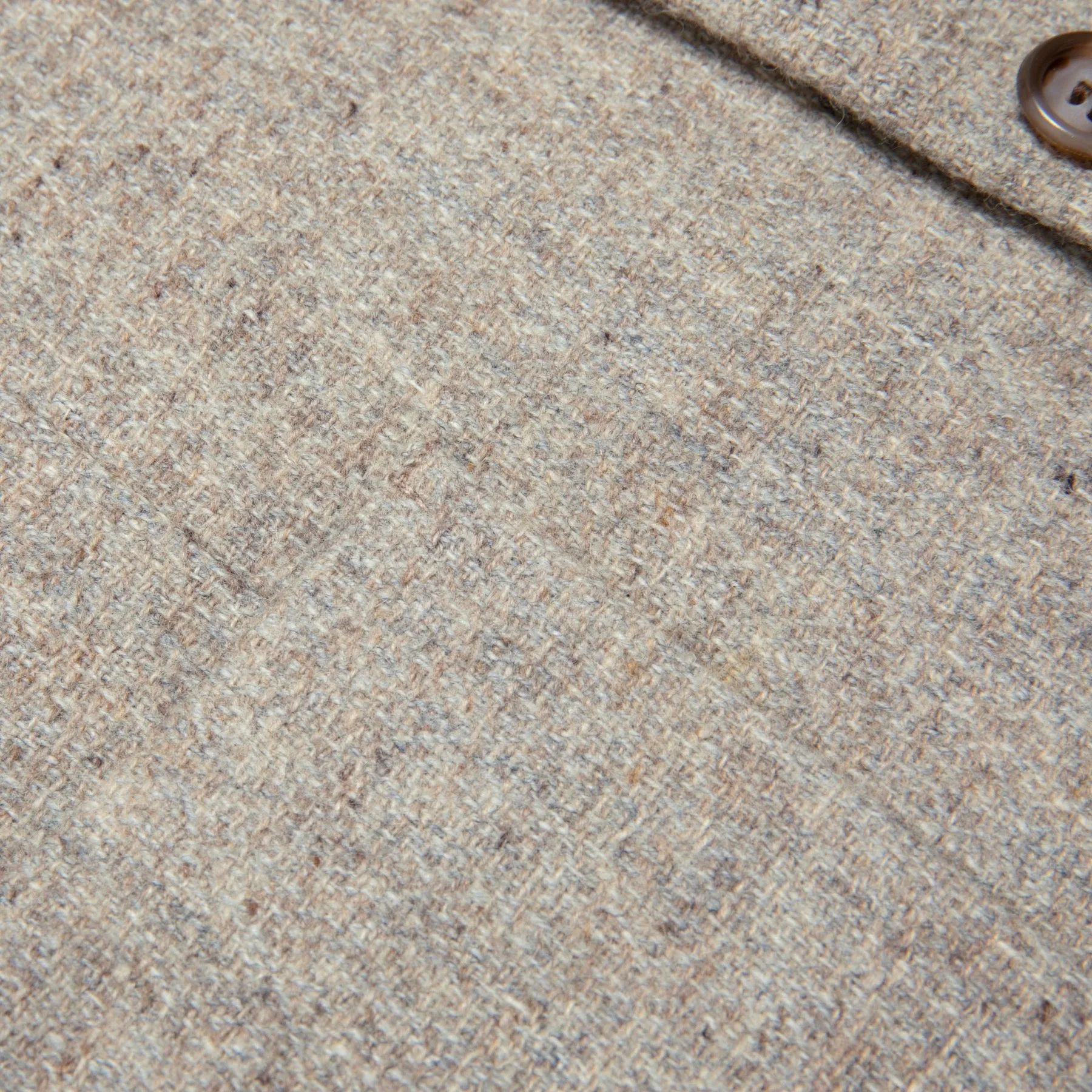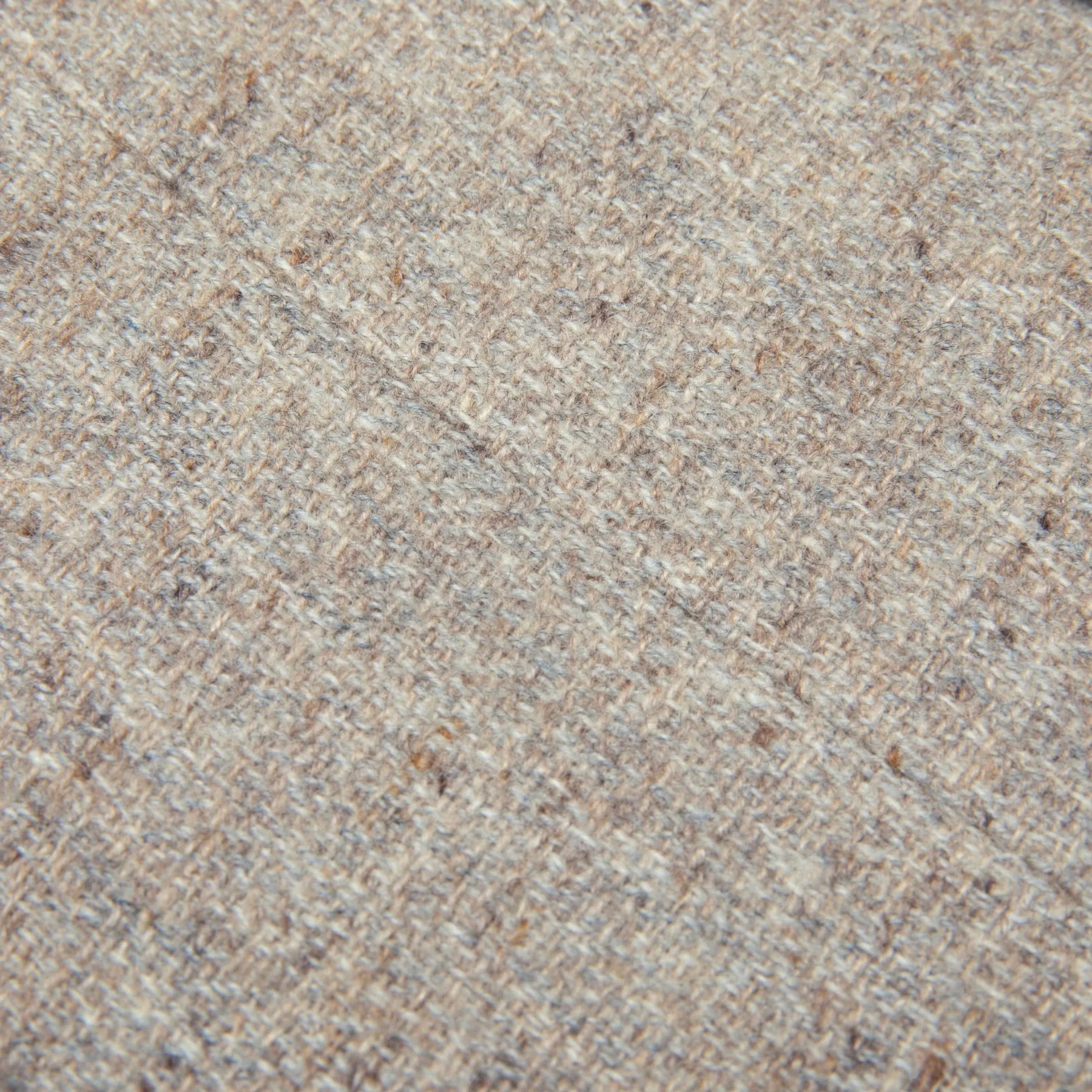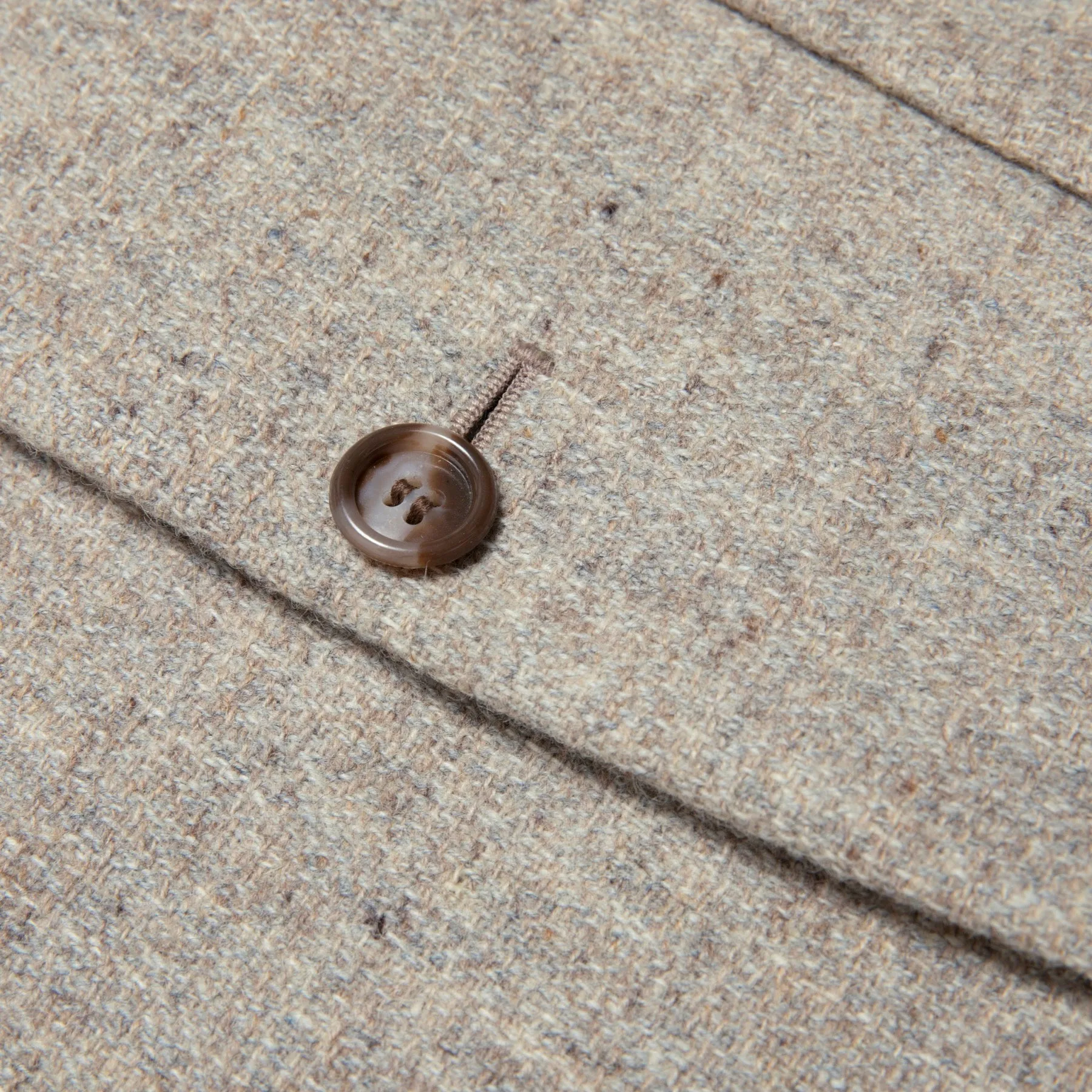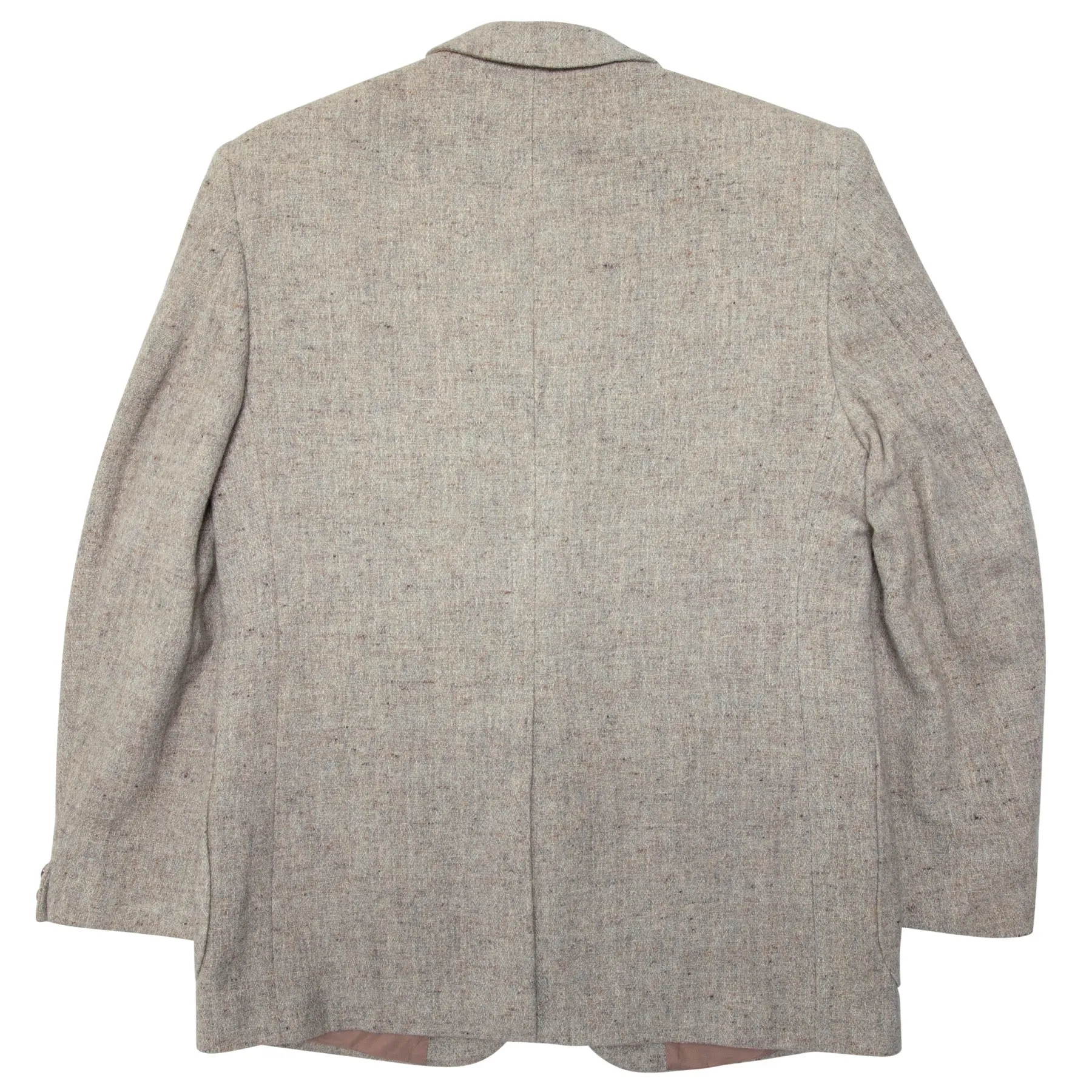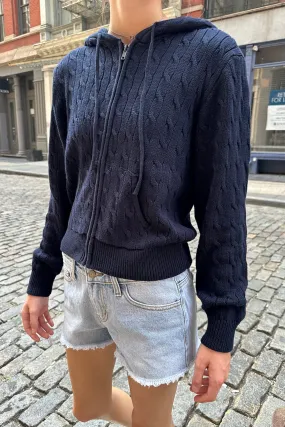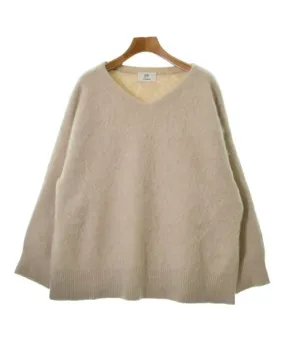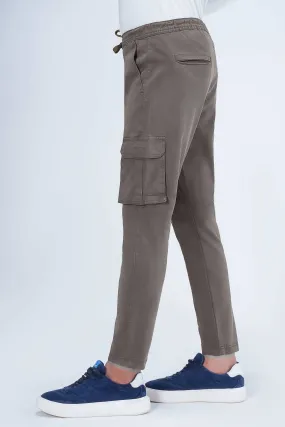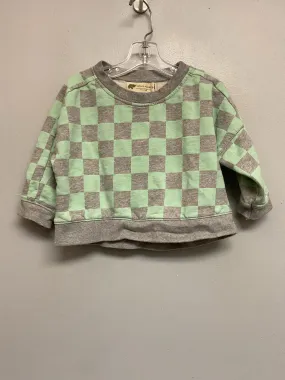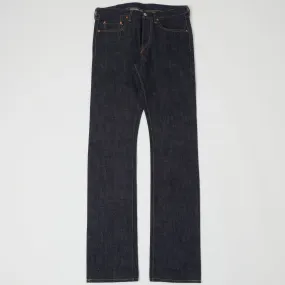Don’t be a pawn, don’t be a victim.
This Lubiani blazer is a sophisticated example of Italian tailoring, merging the structured elegance of traditional menswear with a fabric that introduces depth, texture, and versatility. Despite phonetic similarities to Lubiam, Lubiani exists as a distinct entity within the landscape of Italian suiting, catering to clientele who seek well-constructed, refined garments without excessive embellishment. The brand’s philosophy is deeply rooted in the principles of classic tailoring, emphasizing enduring craftsmanship, timeless silhouettes, and the careful selection of fabrics that ensure both durability and wearability. While not positioned among the upper echelons of tailoring houses such as Kiton or Brioni, Lubiani represents the quintessential mid-to-high-end Italian suitmaker, where precision and comfort coexist seamlessly.
The garment is a single-breasted, two-button blazer featuring structured shoulders, a medium-width notch lapel, and a double-vented back, ensuring ease of movement and an elegant drape. Intended for semi-formal to business wear, this piece maintains a refined balance between professional and casual tailoring, making it adaptable across various wardrobe contexts. The muted beige-gray fabric with a subtle, textured weave enhances its versatility, offering a neutral base that complements both traditional and modern styling approaches. The lapel construction is executed with meticulous attention to detail, featuring precise topstitching that reinforces its shape over time. The interior is fully lined with a smooth satin-finish light brown fabric, ensuring comfort against the skin while preserving the structural integrity of the jacket.
A closer examination of its construction reveals the meticulous assembly methods employed in its tailoring. The blazer utilizes a half-canvas construction, a hallmark of high-quality suiting, allowing for a structured front panel while maintaining flexibility and a natural drape. The armholes are slightly raised, optimizing range of motion and contributing to a more sculpted fit through the torso. The padded and shaped notch lapels are reinforced using traditional tailoring techniques, ensuring a clean roll that maintains its form through extended wear. The buttonholes are machine-sewn in a manner that mimics hand-stitched finishing, offering both durability and refined detailing. The lining is neatly inserted with precise topstitching along the inner pocket welts, indicative of careful interior finishing. Additionally, the pockets—comprising flap pockets at the hips and a welt breast pocket—are expertly constructed, with reinforced edges that preserve their shape and prevent premature fraying.
The fabric choice is a standout feature of this blazer, exemplifying a textured wool blend that aligns with Italy’s longstanding tradition of textile excellence. The weave, characterized by a flecked, coarse texture, suggests a close kinship with classic European woolen textiles such as Donegal Tweed, Herringbone Bouclé, and Lambswool Basket Weave. The irregular slubbing throughout the fabric creates a depth and richness that elevates its visual appeal. Unlike heavy traditional tweeds, this iteration possesses a softer, more fluid hand, a quality often found in high-end Italian tailoring where textural fabrics are refined for enhanced comfort. The resulting effect is a structured blazer with a heritage aesthetic, softened by modern weaving techniques that allow for natural movement. Comparable textiles are produced by mills such as Magee in Ireland, Fox Brothers in the UK, Loro Piana in Italy, and Lanificio di Pray, each of which is known for its mastery in crafting fine woolen fabrics with both structure and softness.
In terms of patternmaking, the fit of this blazer follows classic Italian proportions, favoring a tailored yet relaxed silhouette. The cut is structured without being restrictive, allowing the garment to conform naturally to the wearer’s shape over time. The jacket’s construction incorporates princess seams and side darts that sculpt the torso, enhancing its streamlined profile. The two-button front closure is strategically placed to elongate the torso while maintaining a contemporary balance. Patch pockets contribute a slightly more relaxed sensibility, distinguishing this blazer from strictly formal suiting. The sleeves are tailored using a two-piece construction, ensuring an ergonomic fit that accommodates natural arm movement while preserving the sharpness of the silhouette. The back features double vents, a hallmark of Italian tailoring that facilitates ease of wear while preserving a clean, uninterrupted drape.
The sewing techniques and assembly methods reinforce the garment’s craftsmanship. The undercollar is lined with felt for additional structure, preventing distortion over time. The buttonholes are neatly finished with machine-stitching that replicates hand-sewn detailing, ensuring durability while maintaining a refined aesthetic. The lapels are padded using precise topstitching, securing their crisp, tailored shape. The pocket flaps are carefully reinforced to prevent curling, and the interior pocket linings are executed with clean, reinforced edges. The edge finishing across the garment is precise and subtle, featuring pick-stitching along the lapels, which not only adds durability but also signals attention to detail. The hem is reinforced with interfacing to maintain the blazer’s shape over extended wear, preventing unwanted stretching or sagging.
The blazer’s design is rooted in Italian sartorial tradition while subtly integrating modern tailoring innovations. The neutral beige-gray tone is versatile, lending itself to various styling possibilities, whether worn as part of a formal ensemble or paired with more casual separates. This understated palette, combined with the textured fabric, creates an air of effortless refinement, appealing to individuals who value craftsmanship without overt ostentation. The jacket’s breathable wool blend makes it particularly suitable for transitional seasons, where its mid-weight structure offers warmth without excessive bulk.
In terms of artistic influence, the blazer’s fabrication and design choices reflect a synthesis of classic Italian tailoring with British tweed-inspired aesthetics. While the textured wool weave recalls the rustic elegance of traditional tweeds, the cut and construction lean toward the softer, more fluid tailoring associated with Italian craftsmanship. The unstructured yet refined silhouette draws parallels to the Neapolitan tailoring tradition, where minimal padding and an emphasis on natural drape define the aesthetic. The pocket configuration and overall fit suggest a balance between casual suiting and contemporary menswear, making this piece a versatile investment.
Historically, this blazer likely originates from the late 1990s to early 2000s, a period when Italian tailoring was transitioning towards lighter, more relaxed silhouettes while retaining the sharpness and precision of traditional construction. The fabric selection and finishing details align with the era’s preference for textural depth without sacrificing wearability. During this time, Italian suiting brands increasingly incorporated softer fabrics, unstructured shoulders, and modernized proportions to appeal to a more versatile consumer base. This blazer exemplifies that movement, merging heritage tailoring elements with contemporary practicality.
From a fashion relevance perspective, the resurgence of relaxed tailoring and textural suiting places this blazer firmly within today’s menswear trends. The emphasis on craftsmanship, combined with a textured fabric that adds depth and character, aligns with current consumer preferences for suiting that balances formality with ease. The jacket’s neutral colorway enhances its adaptability, making it suitable for a variety of styling approaches, from polished business attire to elevated casualwear. Its structured yet comfortable construction allows it to serve as a transitional piece across different seasons, reinforcing its longevity as a wardrobe staple.
In final assessment, this Lubiani blazer embodies the hallmarks of well-executed Italian tailoring, blending classic structure with subtle modern refinements. The textured wool blend enhances its depth, while the clean construction ensures timeless wearability. Though not from a high-luxury house, the meticulous craftsmanship, balanced silhouette, and carefully curated fabric choices elevate its standing in tailored menswear. The integration of traditional weaving techniques with contemporary tailoring principles results in a garment that is both functional and aesthetically compelling. Whether viewed as an archival piece of late-20th-century Italian suiting or as a versatile addition to a modern wardrobe, this blazer retains its appeal as a thoughtfully designed, well-constructed garment with enduring sartorial relevance.
This blazer is a study in understated elegance, combining elements of traditional Italian and British tailoring while maintaining a soft, unstructured feel. The fabric is a lightly speckled wool blend with visible flecks of brown and beige, lending it a natural texture reminiscent of the heritage tweeds and boucle wools found in the archives of Sartoria Ciardi and Cesare Attolini. The lack of sharp structuring suggests a Neapolitan construction, as seen in Liverano & Liverano’s approach to effortless tailoring, where form follows function without compromising refinement.
Anderson & Sheppard’s hallmark drape cut is evident in the slightly relaxed fit of the chest, allowing the fabric to contour naturally to the body rather than imposing an overly rigid form. Edward Sexton’s influence can be seen in the sharpness of the lapels, which, though not exaggerated, add a sense of controlled power to the silhouette. Rubinacci’s approach to soft tailoring aligns with the fabric’s rustic yet polished quality, ensuring that the blazer functions as both a sartorial statement and an everyday staple.
Raffaele Caruso and De Petrillo share an affinity for tailored garments that prioritize wearability, a sentiment echoed in the choice of a subdued, neutral palette that allows for versatile styling. Lardini and Boglioli, both pioneers of the modern unstructured blazer, provide context for this garment’s relaxed yet refined execution. The fabric’s soft drape suggests a half-canvassed or unlined construction, a hallmark of Pal Zileri and Ring Jacket, whose lightweight tailoring adapts to movement rather than constraining it.
Orazio Luciano’s signature Neapolitan tailoring is apparent in the gentle roll of the lapel, ensuring a natural and elegant transition between shoulder and chest. The restrained button stance aligns with Chiaia’s approach to tailoring, where proportion is paramount. Belvest’s meticulous approach to fabric selection finds a parallel in the nuanced weave of this material, which balances visual interest with tactile softness. Gieves & Hawkes, representing Savile Row’s softer end of the spectrum, offers a point of comparison in terms of refined but approachable menswear.
The technical specifications suggest a mid-weight wool blend suitable for transitional weather. The patch pockets contribute to the blazer’s informal elegance, reinforcing its position as a relaxed alternative to structured suiting. The slight textural irregularity within the weave adds depth, making it visually compelling while maintaining a neutral tonality that ensures its versatility. The muted earth tones place it within the realm of garments designed for longevity, reflecting the ethos of tailors who prioritize timeless elegance over fleeting trends.
This blazer ultimately stands as a confluence of Neapolitan ease and British refinement, aligning with brands that value craftsmanship, comfort, and understated luxury. The blend of relaxed tailoring with high-quality materials ensures that it remains relevant across seasons, embodying the principles of sartorial durability and effortless sophistication.





